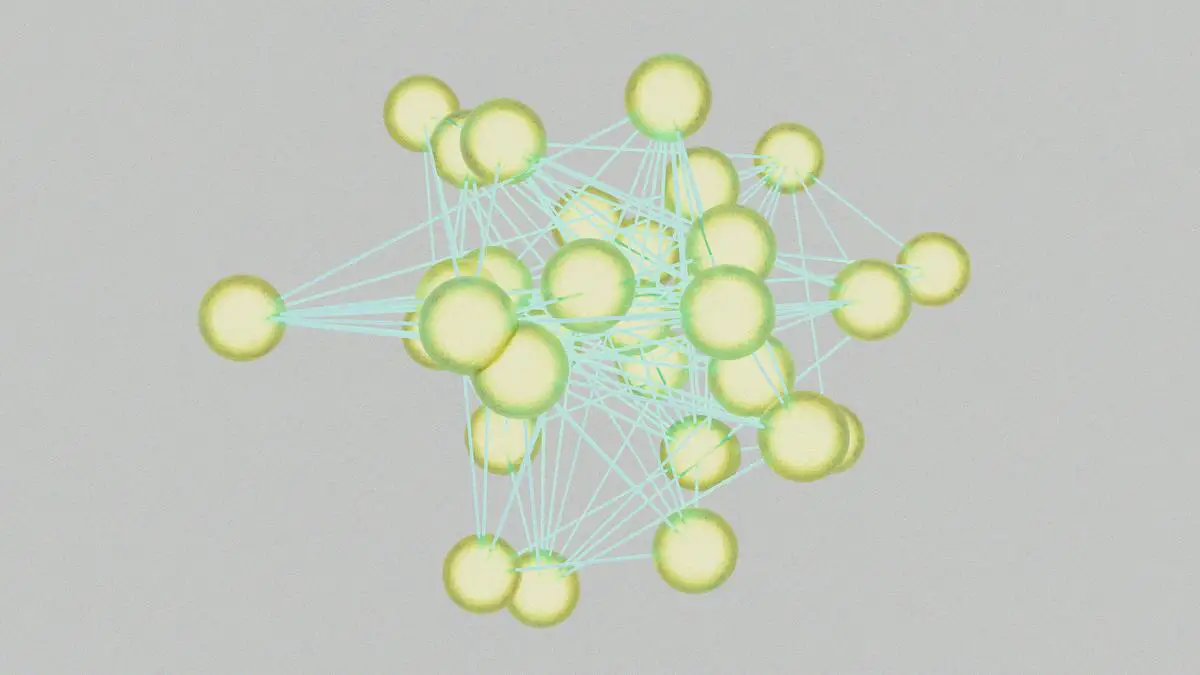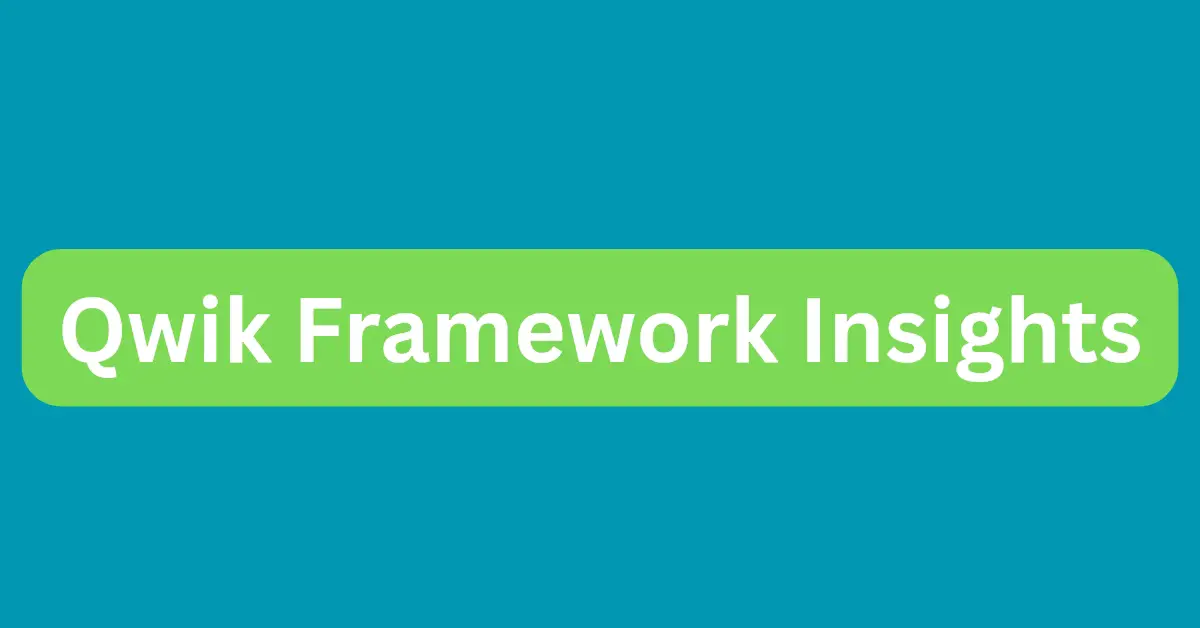Overview of Qwik Framework
Qwik Framework offers a unique approach to web development, focusing on efficient JavaScript loading and execution. Unlike React, Vue, and Angular, Qwik excels in intelligent, lazy execution of JavaScript, delaying code unloading until necessary.
A key feature of Qwik is its "resumability," which allows JavaScript state to be serialized on the server and resumed on the client. This method avoids the typical hydration process, shortening the path to interactivity.
Qwik's JavaScript streaming delivers code incrementally, maintaining minimal impact on the browser. Speculative code fetching enhances performance by anticipating user needs and preparing code accordingly.
Other notable features include:
- Directory-based routing for simplified organization
- Unified execution across servers and browsers
- "Signals" for state management
- "qwikify$" function for integrating React components
- Compatibility with major platforms like Azure or Vercel
- Integrations for styling, image optimizations, and internationalization

Performance Optimization Techniques
Qwik's performance capabilities stem from its approach to minimizing JavaScript execution on the client side. The framework employs a refined lazy execution model, where JavaScript is executed only when necessary. This reduces demand on the browser's main thread, resulting in smoother and faster user interactions.
The concept of "resumability" allows JavaScript state to pause and resume seamlessly across server and client boundaries, reducing the need for complete code re-execution. This method means that after initial server-side rendering, subsequent work on the client is lighter, improving loading times.
Speculative code fetching enhances this experience by intelligently predicting the user's next steps and preloading relevant JavaScript. This proactive measure ensures that required code is ready in advance, smoothing transitions between different parts of the application.
These techniques combine to create an experience where content loads quickly without overwhelming the user's device, ensuring fluid user engagement even on slower networks.

Developer Experience and Ease of Use
Qwik simplifies the development process through several features:
- JSX syntax: Familiar to React developers, reducing the learning curve.
- Middleware capabilities: Provides a straightforward way to introduce logic applicable across routes or the entire application.
- Unified execution model: Allows front-end and back-end code to coexist within a single codebase, enhancing flexibility in deployment.
- Directory-based routing: Simplifies application structure and navigation.
- Easy access to server data: Streamlines data fetching and manipulation.
These tools create an intuitive workflow, reducing friction often associated with development environments. Qwik's architecture supports the creation of dynamic and sophisticated applications while promoting an efficient development experience.
Interoperability and Integrations
Qwik's interoperability and integration capabilities are designed to fit easily into existing ecosystems:
- UI libraries: Supports popular options like Material UI, Chakra UI, and Radix.
- Hosting: Offers adapters for platforms such as Azure, Netlify, Vercel, Google Cloud Run, Cloudflare, and Node.js.
- Content management: Provides native integration with Builder.io for structured data and component-level, headless content creation.
- Image optimization: Supports tools like @unpic/qwik and qwik-image for efficient media delivery.
- Internationalization: Integrates tools like $localize and qwik-speak for multi-language support.
These integrations work cohesively with existing systems, minimizing disruption and maximizing productivity. Qwik empowers developers to build sophisticated applications that are both scalable and maintainable, while avoiding vendor-specific limitations.

Photo by loganvoss on Unsplash
Comparison with Next.js and Other Frameworks
When comparing Qwik with Next.js and other established frameworks, key differences emerge:
- Server-side rendering: Qwik's "resumability" approach eliminates the redundant hydration process required by frameworks like Next.js, potentially leading to faster initial load times.
- State management: Qwik's "signals" offer efficient handling of state transitions compared to traditional React hooks, streamlining code and optimizing performance.
- Ecosystem support: Next.js benefits from extensive compatibility with the React ecosystem, while Qwik leverages its 'qwikify$' function to enable incremental adoption for organizations transitioning from React.
Qwik may excel in projects where performance and load times are critical, such as e-commerce platforms or content-heavy sites. However, it faces challenges competing against established frameworks with extensive resources, community plugins, and third-party libraries.
The adoption of Qwik depends on specific project needs and the willingness of developers to embrace new methodologies. While it offers unique performance advantages and flexibility, it also requires a learning curve that may impact teams with tight development timelines.
Experience the power of Writio, an AI content writer for website publishers. This article was written by Writio.
- Qwik Documentation. Getting Started. Qwik.builder.io.
- Sewell S. Announcing new Astro integration. Twitter.
- Qwik Documentation. Concepts. Qwik.builder.io.
- Qwik Documentation. Resumable vs. Hydration. Qwik.builder.io.
Arsalan Malik is a passionate Software Engineer and the Founder of Makemychance.com. A proud CDAC-qualified developer, Arsalan specializes in full-stack web development, with expertise in technologies like Node.js, PHP, WordPress, React, and modern CSS frameworks.
He actively shares his knowledge and insights with the developer community on platforms like Dev.to and engages with professionals worldwide through LinkedIn.
Arsalan believes in building real-world projects that not only solve problems but also educate and empower users. His mission is to make technology simple, accessible, and impactful for everyone.



